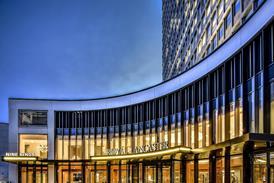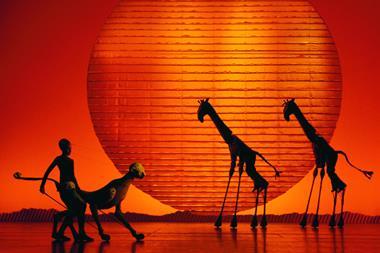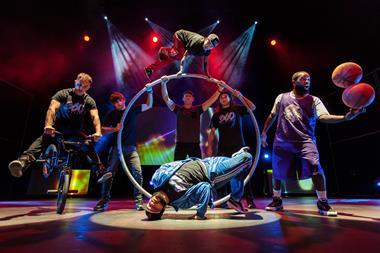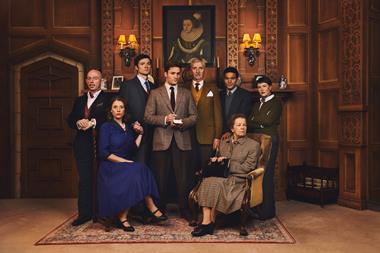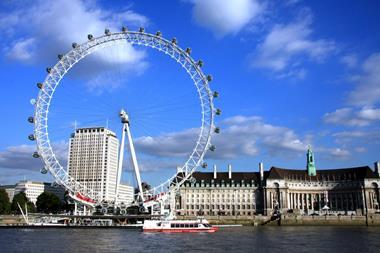The National Science and Media Museum has opened its new Sound and Vision galleries, showcasing collections of photography, film, television, animation, gaming and sound technologies.

Open from Thursday 10th July, following a £6.8 million transformation, the new permanent galleries span two floors of the museum in Bradford and explore stories of technological innovation.
The Sound and Vision galleries feature more than 500 exhibits, a new art commission and a range of interactive displays. Among the displays are opportunities to be a radio presenter and mix a live gig.
The opening of the Sound and Vision galleries coincides with Bradford being the 2025 UK City of Culture, which sees a wide range of events, shows and exhibitions taking place across the city to celebrate contemporary arts and culture, from dance and theatre to film, music and food.
Jo Quinton-Tulloch, director of the National Science and Media Museum said: “We are thrilled to be launching our new permanent Sound and Vision galleries this month. They have been a true labour of love and collaboration, and they showcase our incredible collections in new and innovative ways.
“Our collections and the rich narratives they tell touch upon all our lives, from the first photographic negative and film footage to the advent of radio and television, and the power of sound technologies to bring us together. Our Sound and Vision galleries showcase how everyday objects have the power to be extraordinary.”
Gallery exhibits
The galleries are split into four sections; Innovation, Identities, Storytelling and Everywhere.
In the first section, ‘Innovation’, visitors encounter some of the earliest examples of photographic, film and sound technologies and Europe’s first IMAX projector, first installed in the museum in 1983.
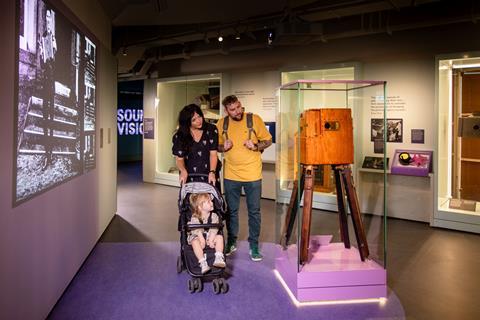
From displays telling the story of William Henry Fox Talbot’s earliest photographic negatives to Louis Le Prince’s single lens cine camera – which captured the world’s first moving film footage in Leeds – visitors can explore the origins of media technologies. Other highlights include the camera used by Herbert Ponting to document Captain Scott’s Antarctic Expedition in 1910 and John Logie Baird’s experimental ‘television apparatus’ from 1926.
The ‘Identities’ section explores the ways that media technology help us to express who we are through the development of photography. Exhibits in this area include early portrait studios, the first popular cameras and the ongoing development of digital imagery.
‘Storytelling’ features visual effects workshops, the sounds of Doctor Who and the work of leading animation studios. Iconic horror film props are brought to life in a display featuring Dracula’s fangs as worn by Christopher Lee and a model of the Alien head and torso from the 1979 film.
The final area of the galleries, ‘Everywhere’, focuses on how the technology is ever-present and its impact on society, from the moon landings bringing people together in front of the television to the technology we now carry in our pockets every day. This area also confronts the negative impact of media technology on people and the environment.
Group visits
The National Science and Media Museum welcomes groups including community groups, special interest and social groups and coach tours. Visiting groups can explore the museum’s permanent and temporary exhibitions.
Bookings are currently open for group visits up to March 2026. Groups should provide the dates they wish to visit, the number of people in the group and any access needs.
For more information about the National Science and Media Museum, visit www.scienceandmediamuseum.org.uk.



